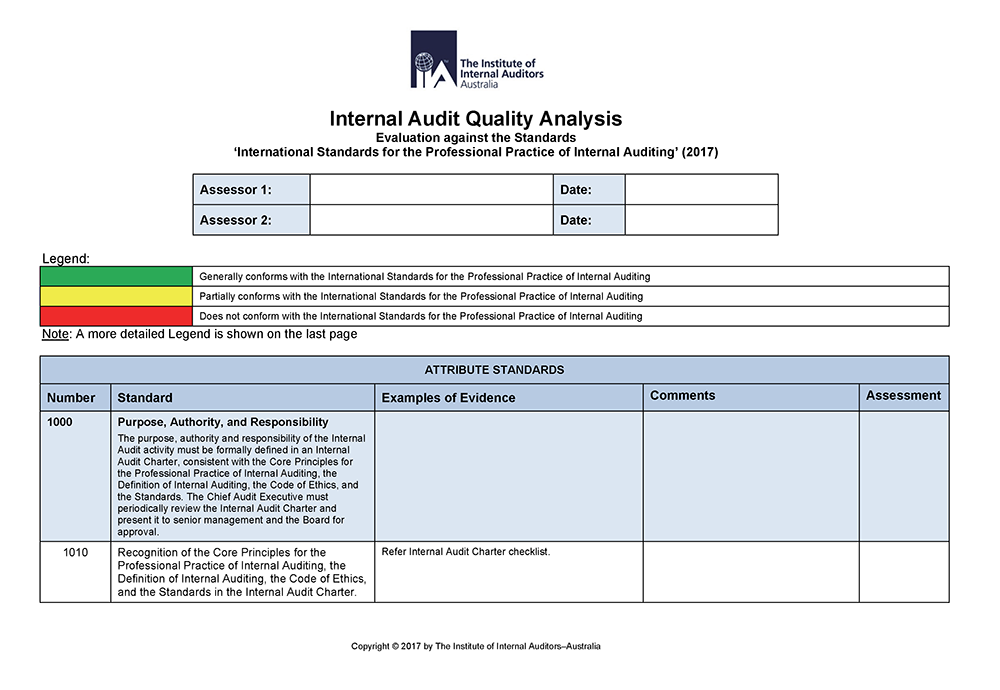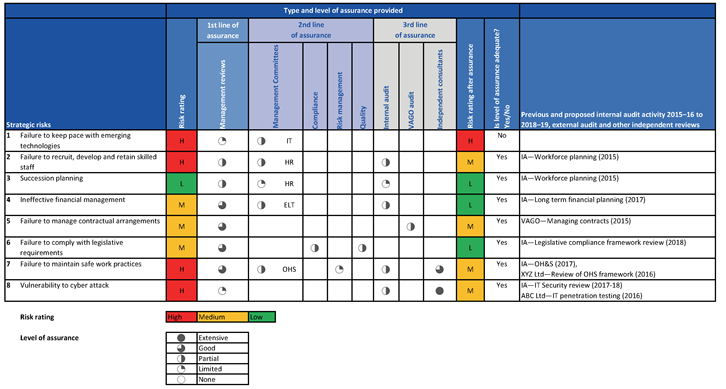2 Results of audit
This year we provided clear audit opinions on the financial statements of the 47 significant state-controlled entities included in the AFR, and consequently on the AFR.
A clear audit opinion adds credibility to the financial statements by providing reasonable assurance that reported information is reliable, accurate and in keeping with the requirements of relevant accounting standards and applicable legislation.


